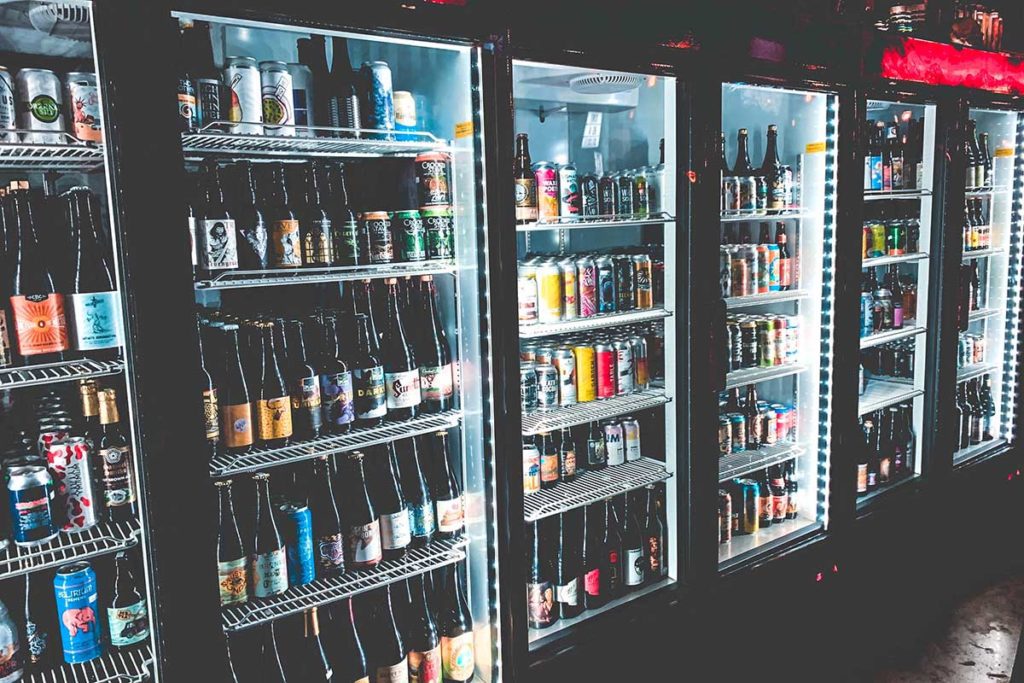Welcome to the latest in our series of articles on small changes that can make a big difference to your bottom line. In our last few articles, we have been looking at storage. Here are some policies that will make it easier for you to stick to the routines we mentioned in our earlier posts. All of our advice is designed to be taken together or adapted depending on the needs of your business, so make sure you have a read through our other pieces on storage!
Storage: fridges and freezers
We started this series on storage by advising that it is good practice to keep stock levels as low as possible. This is doubly important when it comes to storage in refrigerated rooms / cool areas. Chilled produce needs to have air circulating. That way, it cools quicker and stays fresher longer. So, ensure that your cool room is not too densely packed. Tightly bunched together produce in a cold environment runs the risk of temperature not being evenly distributed, potentially spoiling the batch!
Coolers and freezers need to be cleaned weekly to ensure that food has not fallen behind the shelving and spoiled. This is not just a vitally important food hygiene issue: large amounts of stock can get lost at the back of the freezer in a “frozen tomb”.
Store all raw vegetables in reusable airtight containers to prevent unnecessary dehydration and storage. You should also store produce (especially leafy vegetables) as far away from the condenser unit as possible to prevent freezing. There are some foodstuffs that should never be stored together. For example, you should never store tomatoes and lettuce in the same container! Tomatoes emit a gas that will turn lettuce brown.
Wrap freezer products tightly and make sure they are used in a timely fashion, to minimise waste due to freezer burn. Code all product stored in the freezer and rotate.
Finally, a point on false economy. Don’t allow frozen leftovers that is unlikely ever to get used again to take up storage space. Often leftover items are placed in the freezer, counted on stock take but never used due to freezer burn etc.
Next: stock taking!













